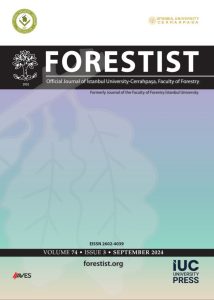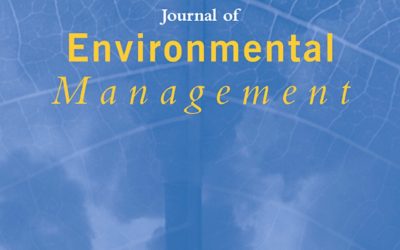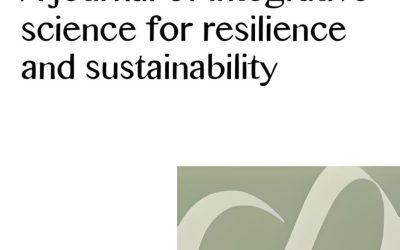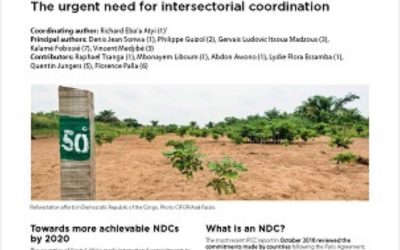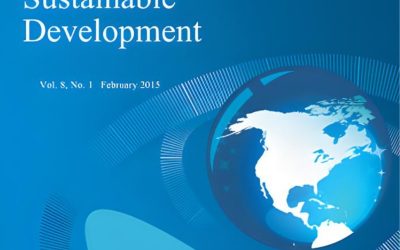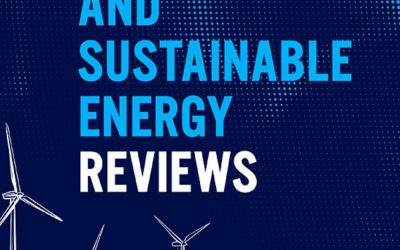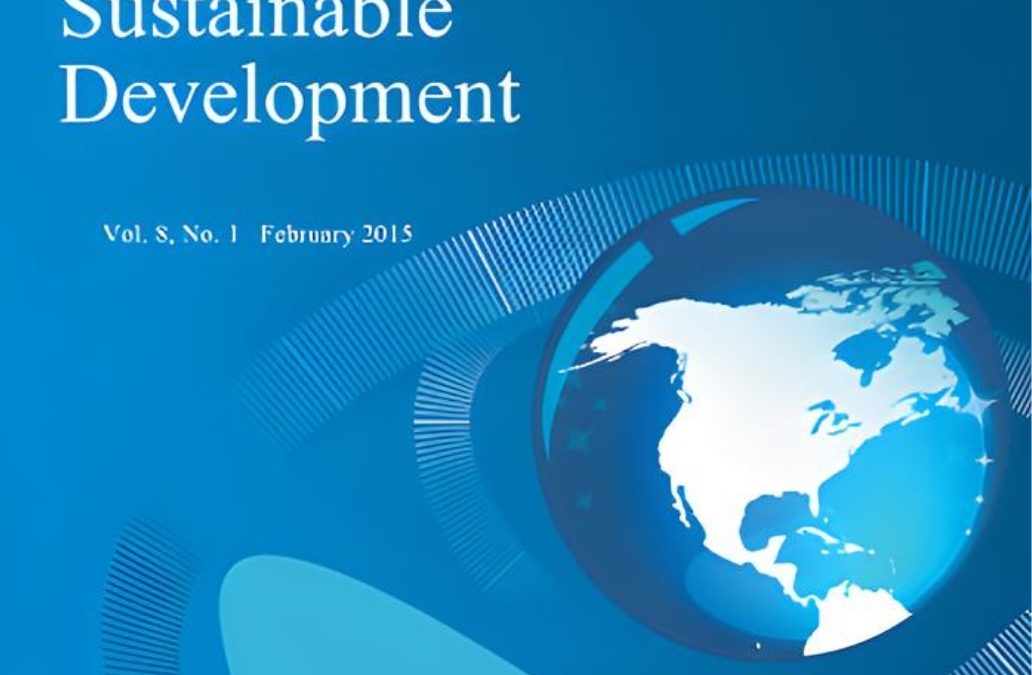
An Integrated Approach to Capacity Development in Forestry and Climate
The BIODEV capacity development programme (BCDP) uses forestry, agroforestry and trees to derive a broad range of development and environmental outcomes (high-value biocarbon) while strengthening the capacities of local and national institutions to be able to sustain...
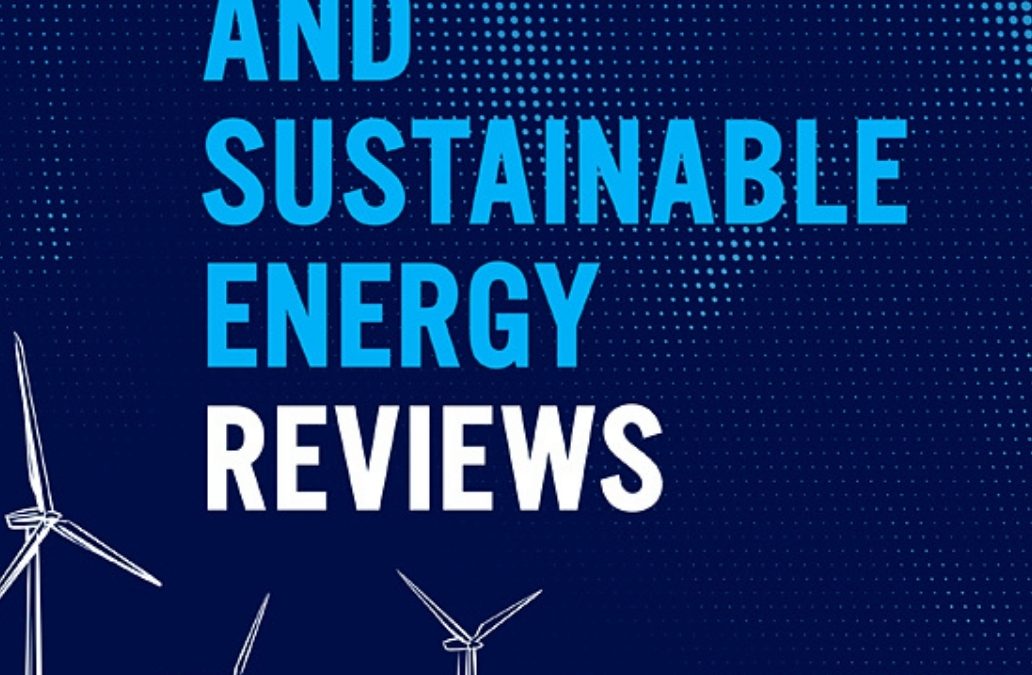
Energy savings and economic benefits of transition towards efficient lighting in residential buildings in Cameroon
Lighting accounts for over 20% of electricity use in the residential sector of Cameroon. Due to the unreliable and inadequate energy supply in the country, there is a need for the efficient utilization of the available energy. This paper presents the current different...

Evidence for soil carbon enhancement through deeper ploughing at pasture renovation on a Typic Fragiaqualf
Permanent pastures require periodic renewal (cultivation and resowing) to maintain their productive potential, which involves a short-term carbon (C) loss. Normal cultivation (ploughing or discing) often involves only the top 10–15 cm, or less, of pasture soils. A...
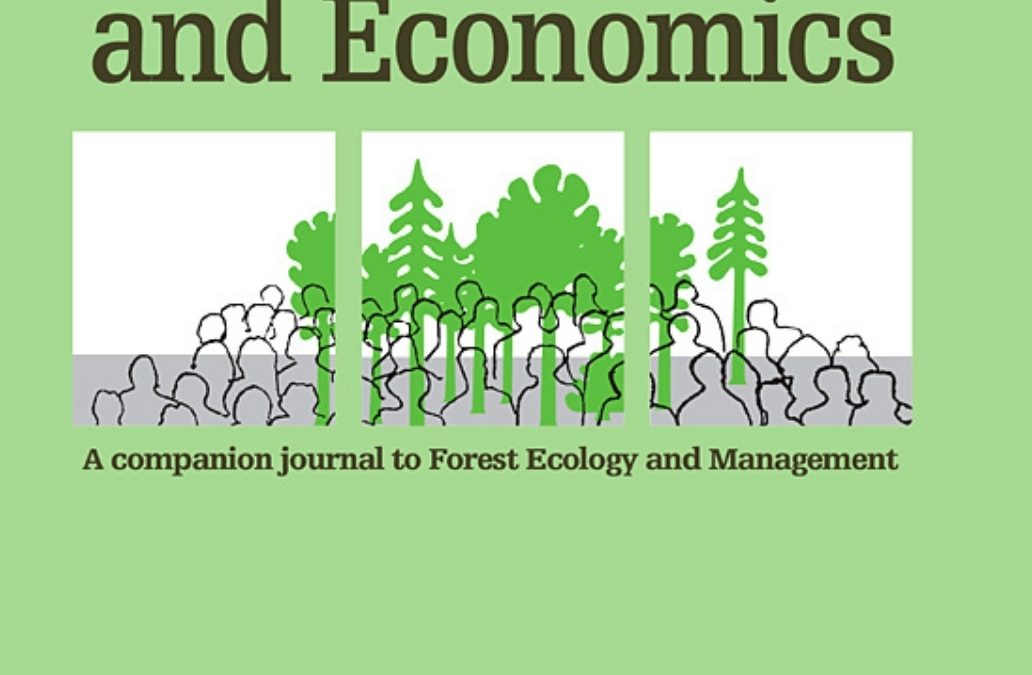
Synergies among social safeguards in FLEGT and REDD + in Cameroon
Two key international policy processes have been developed to combat illegal logging and promote the contribution of forests to climate change mitigation in developing countries: the European Union’s Action Plan on Forest Law Enforcement, Governance and Trade (FLEGT)...
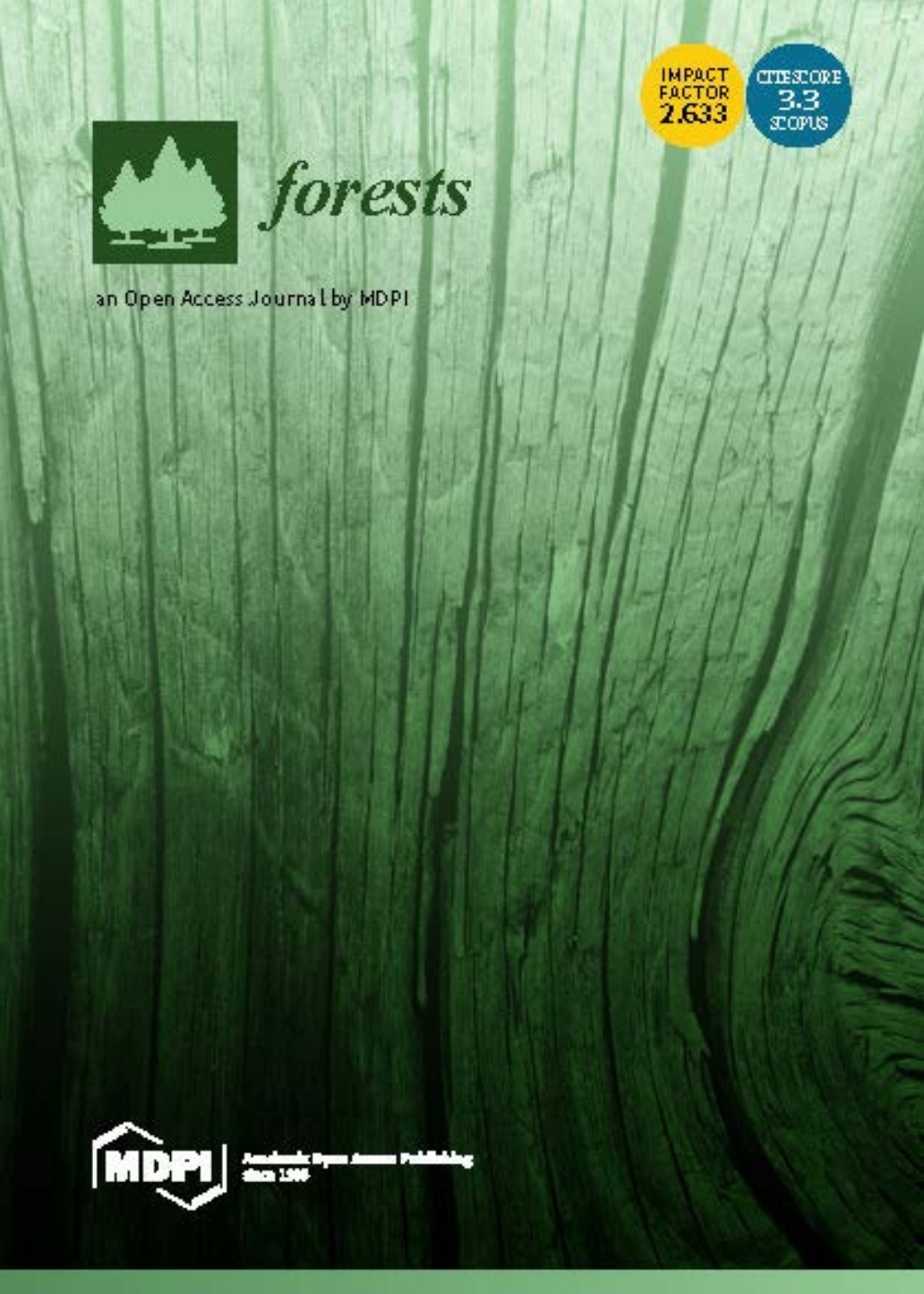
Exploring Opportunities for Promoting Synergies between Climate Change Adaptation and Mitigation in Forest Carbon Initiatives
There is growing interest in designing and implementing climate change mitigation and adaptation (M + A) in synergy in the forest and land use sectors. However, there is limited knowledge on how the planning and promotion of synergies between M + A can be...

Evolution of drivers of deforestation and forest degradation in the Congo Basin forests: Exploring possible policy options to address forest loss
In the context of assessing drivers of deforestation and forest degradation (DD), for effective implementation of REDD+ (reducing emissions from deforestation and forest degradation) this study interviewed 50 experts and analyzed current political strategies in the...
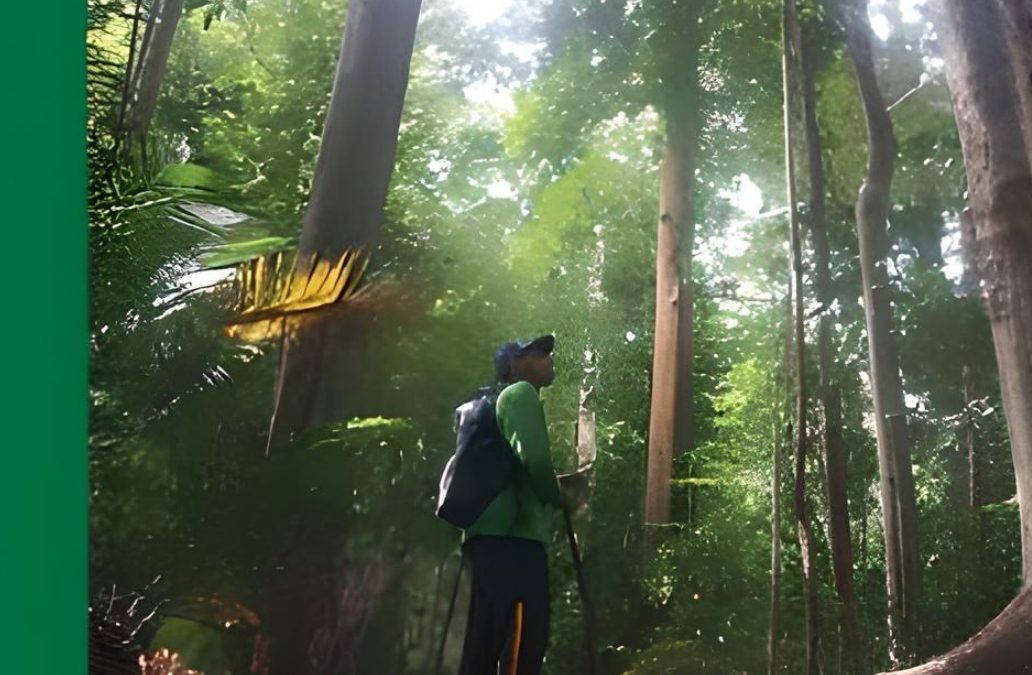
Potentials of REDD+ in supporting the transition to a Green Economy in the Congo Basin. International Forestry Review 18(1):29-43.
This study explores how the proposed activities by the Congo Basin countries to reduce drivers of land emissions from deforestation and forest degradation (REDD ) could support the transition to a green economy and low carbon development future. By employing a content...

The Potential Reduction of Carbon Dioxide (CO2) Emissions from Gas Flaring in Nigeria’s Oil and Gas Industry through Alternative Productive Use
Globally, climate change and its adverse effects on the human population and the environment has necessitated significant research on the sustainable use of natural resources. Gas flaring in Nigeria’s oil and gas industry causes environmental and health hazards and to...
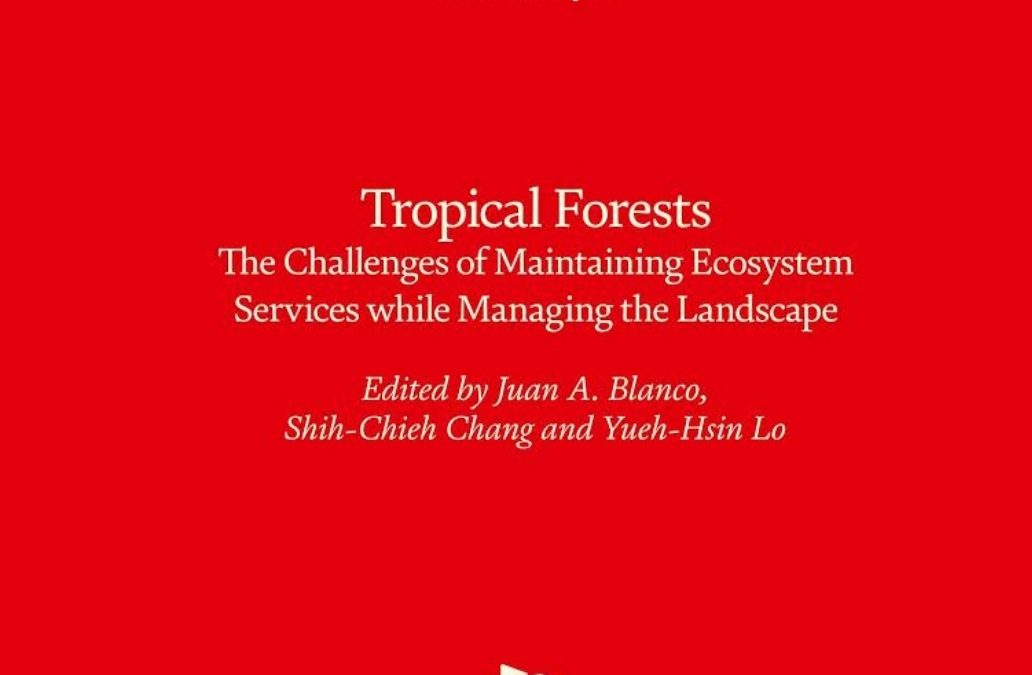
Analyzing the contribution of Cameroon’s council forests to socio-economic development and climate change mitigation
Council forests were officially enacted in Cameroon in 1994 as part of the forestry law reform. The law provided rural councils with the legal right to create their own forests estate within the Permanent Forest Estate (PFE) of the State, following the preparation of...

Feasibility of a residential solar photovoltaic in Cameroon
This paper presents a feasibility study of stand-alone solar photovoltaic (PV) systems for the electrification of three residential case study buildings (T4, T5 and T6) in the capital city of Yaoundé, Cameroon. The system was sized taking into account the load of the...

Land tenure, asset heterogeneity and deforestation in Southern Burkina Faso
Deforestation in Burkina Faso is estimated to be between 0.91–1.03% per annum and displacement by croplands or rangeland expansion is identified as its main drivers. The climate and geography of the country causes its north and central regions to be exposed to drought...
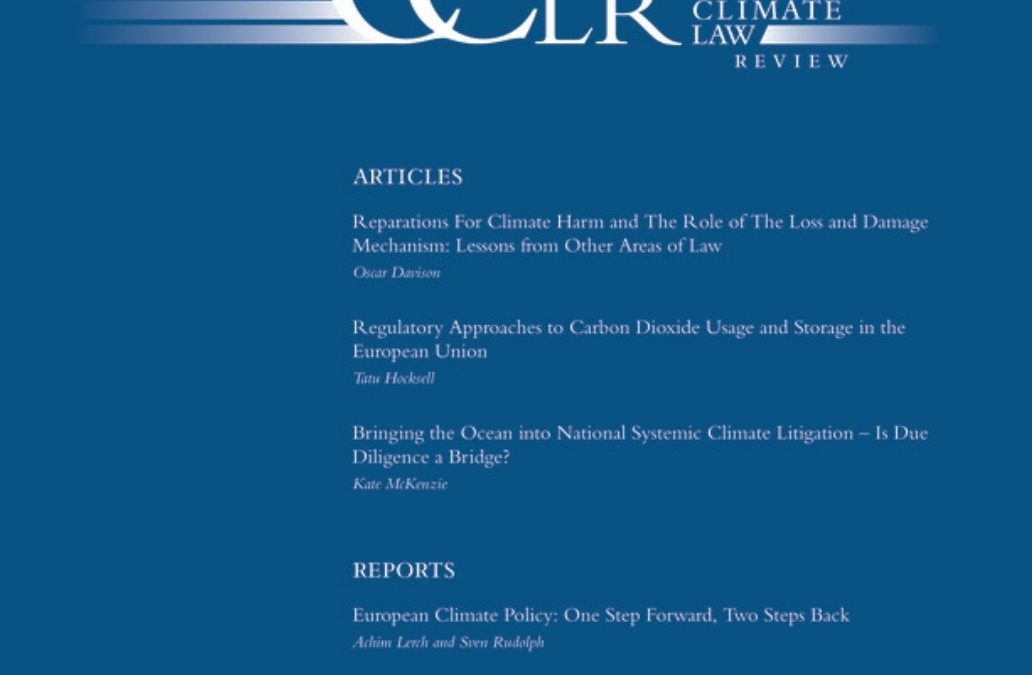
Free, Prior and Informed Consent (FPIC) for REDD+: Insights from Cameroon national FPIC guidelines
The international legal framework for Reducing Emissions from Deforestation and Forest Degradation in Developing Countries, plus the role of Conservation, Sustainable Forest Management, and Forest Carbon Stock Enhancement (REDD+) provides a regime for advancing forest...
The role of environmental values and political ideology on public support for renewable energy policy in Ottawa, Canada
The Ontario provincial government faces the challenge of getting public support in the implementation of its renewable energy (RE) policy. This paper therefore aims at investigating the effects of environmental values and political ideology on public support for...
Feasibility Study of Solar Photovoltaic Systems for Energy in Residential Homes: A Case Study of Metropolitan Lagos, Nigeria
The development and use of solar photovoltaic (PV) technologies worldwide is considered crucial towards fulfilling an increasing global energy demand and mitigating climate change. However, the potential of a solar PV-system is location specific, influenced by the...
Food-fuel-fibre nexus: towards the framing of sustainable biofuel strategies for climate change mitigation in the Congo Basin
Biofuel is increasingly gaining attention as a more environmentally friendly fuel and a substitute for fossil fuel because of its climate change mitigation potential. However, a robust policy and institutional framework is required to guarantee its sustainability....
Agriculture, forestry and other land uses in Nationally Determined Contributions: the outlook for Africa
This paper sought to examine how Agriculture, Forestry and Other Land Use (AFOLU) activities and their contributions are represented in the post 2020 climate change commitments of African countries and assess the necessary conditions for their successful...
The potential of solar photovoltaic systems for residential homes in Lagos city of Nigeria
The development and use of solar photovoltaic (PV) technologies worldwide is considered crucial towards fulfilling an increasing global energy demand and mitigating climate change. However, the potential of a solar PV-system is location specific, influenced by the...
Synergizing climate change mitigation and adaptation in Cameroon: An overview of multi-stakeholder efforts
Purpose This paper aims to examine the policy environments, institutional arrangements and practical implementation of some initiatives undertaken by the Government of Cameroon, together with some relevant stakeholders, in addressing climate change mitigation and...
Community forestry frameworks in sub-Saharan Africa and the impact on sustainable development
Community based forest management (CBFM) has been implemented in Africa since the 1980s. Three main objectives, which are currently part of the sustainable development goals (SDGs), underlie the formation of CBFM. They are (1) enhancing community engagement in forest...
OFAC-Brief : Contributions of Central African countries to combat climate change: The urgent need for intersectorial coordination
The countries of Central Africa made international commitments to contribute to combating climate change through their Nationally Determined Contributions (NDCs) in the context of the twentyfirst Conference of the Parties (COP 21) of the United Nations Convention on...
An Integrated Approach to Capacity Development in Forestry and Climate
The BIODEV capacity development programme (BCDP) uses forestry, agroforestry and trees to derive a broad range of development and environmental outcomes (high-value biocarbon) while strengthening the capacities of local and national institutions to be able to sustain...
Energy savings and economic benefits of transition towards efficient lighting in residential buildings in Cameroon
Lighting accounts for over 20% of electricity use in the residential sector of Cameroon. Due to the unreliable and inadequate energy supply in the country, there is a need for the efficient utilization of the available energy. This paper presents the current different...

